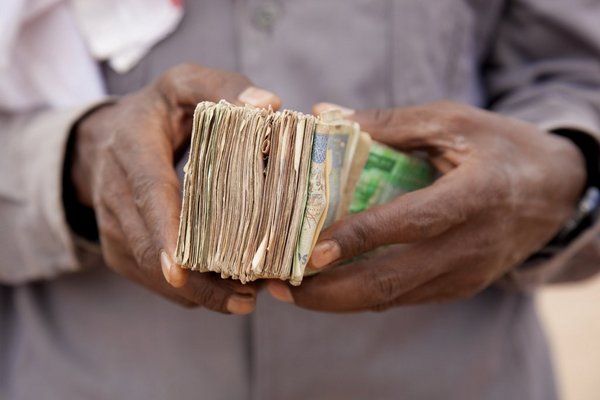 Read this article in French
Read this article in French- Share this article
- Subscribe to our newsletter
Growing food insecurity because of rising food prices
In March 2021, global food commodity prices rose for the tenth consecutive month, the Food and Agriculture Organization of the United Nations (FAO) reported in April. The FAO Food Price Index, which tracks monthly changes in the international prices of commonly traded food commodities, has reached its highest level since June 2014.
People in West and Central Africa are particularly hard hit by the rising food prices, according to the United Nations World Food Programme (WFP). Food prices have increased dramatically across the region. Local staples are up by nearly 40 per cent over the 5-year average, and in some areas, prices are up by more than 200 per cent. In part, this is caused by the economic impact of measures put in place to contain the spread of the coronavirus over the past year, WFP points out. At the same time, people’s incomes have declined due to reductions in trade, tourism, informal activities and remittances.
More than 31 million people in the region are expected to be food-insecure and unable to feed themselves during the coming June-August lean season – the period when food is scarce before the next harvest, according to WFP. That number is more than 30 per cent higher than last year and is the highest level in the best part of a decade, according to the Cadre Harmonisé, a joint food security analysis released under the auspices of the Permanent Interstate Committee for Drought Control in the Sahel (CILSS).
In some parts of West Africa, escalating violence is forcing people to flee their homes, abandon their fields and their sources of income, exposing them to acute food insecurity in Northern Nigeria, the Central Sahel (Burkina Faso, Mali, Niger), the Central African Republic and the North-West and South-West regions of Cameroon.
This year, almost 10 million children under 5 are acutely malnourished across the region, with the Sahel alone accounting for half of that number. This figure could rise significantly in line with the projected 30 per cent increase in hunger, and the high prices of nutritious foods, WFP warns.
(WFP/ile)
Read more at FAO website
Read more at WFP website


